Have you been searching for a tasty, nutritious replacement for soybean paste? If so, then you’ve come to the right place.
Soybean paste is used globally in most cuisines, and its umami flavor can’t be denied.
However, suppose you’re looking to replace it for dietary reasons or don’t care for it.
In that case, there are options to substitute for soybean paste that can offer a similar taste and nutrition and other benefits.
In this blog post, we will provide some great alternatives to help replace soybean paste without sacrificing flavor or nutrient content.
What Is Soybean Paste?
Soybean paste is a fermented food product made from soybeans and salt.
It has a salty, pungent flavor that makes it popular in many Asian cuisines.
The most commonly used type of soybean paste is called “Doubanjiang”, made with fermented broad beans, salt, and spices.
This soybean paste has a very spicy flavor and can be used as a condiment or to add umami flavor to dishes.
Soybean paste can be used as a condiment, marinade, or stir-fry base. It is also often used to make soups and stews.
It can also be used in marinades for meats, added to dumplings or steamed buns, and to make fried rice.
Soybean paste can be found in almost any grocery store or specialty Asian market.
When using soybean paste in cooking, start with small amounts and adjust the flavor based on your preferences.
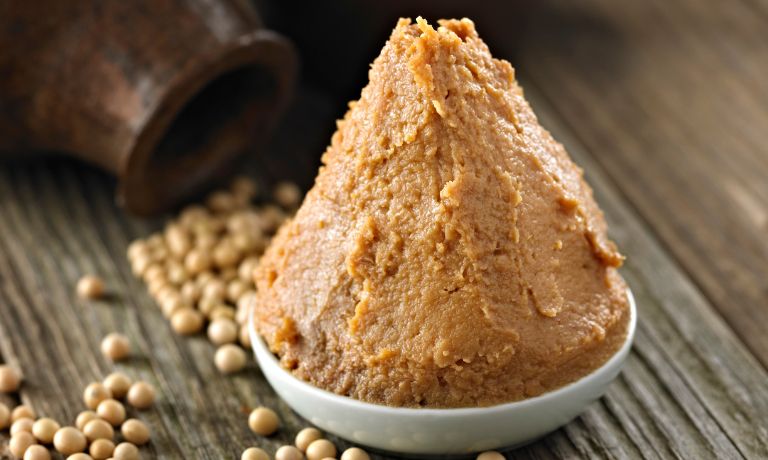
Substitutes For Soybean Paste
Soybean paste is a staple ingredient in many Asian dishes, providing umami flavor and richness to stews, sauces and marinades.
Fortunately, some great options to substitute for soybean paste can be used to achieve similar taste and texture profiles.
Hoisin Paste
Hoisin paste is a thick, darkly colored sauce that originated in China and is used widely in Asian cuisine.
It has a sweet and savory flavor with hints of garlic, chili, five-spice powder, and sometimes honey or molasses.
The main ingredient in hoisin paste is fermented soybeans, which give it its distinctive sweet and savory flavor.
Hoisin paste is widely used in Chinese stir-fries, noodles, and wraps.
It’s also an essential part of Peking Duck sauce and a favorite condiment for dim sum dishes such as dumplings, spring rolls, and buns.
Hoisin paste can also be brushed over barbecued meats to add flavor and richness.
To use it in cooking, mix it with a little oil or water to create a thin sauce that you can use as a marinade or basting.
Add it to stir-fries, sauces, and soups for authentic Asian flavor.
Hoisin paste is available in most supermarkets and Asian specialty stores.
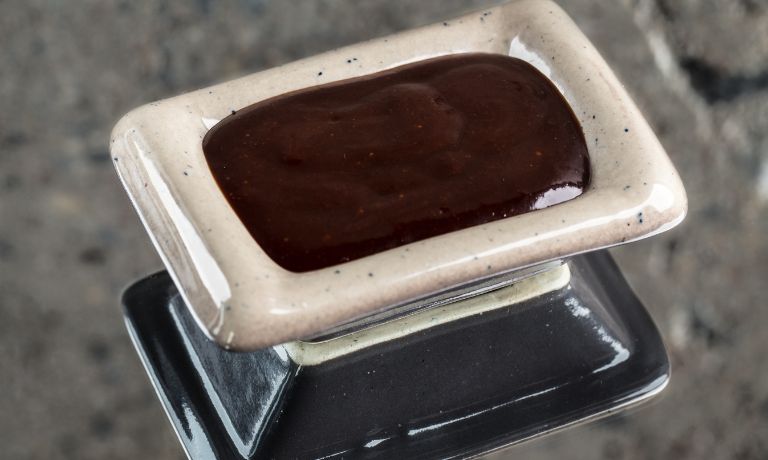
Miso Paste
Miso paste is the most popular substitute for soybean paste.
It is a traditional Japanese ingredient made from fermented soybeans, salt, and koji, which is a type of mold.
It can take many forms – white miso paste is light in color and mild in flavor; red miso paste has a deeper color and stronger taste; while barley or rice-based misos tend to be saltier.
Miso paste adds depth of flavor and umami to dishes, from soups and stews to marinades and dressings.
It can also be blended with other ingredients, creating a tasty sauce or spread.
Miso paste is high in protein, making it a nutritious meal addition.
The salt content varies depending on the type of miso, so it’s important to check the label before use.
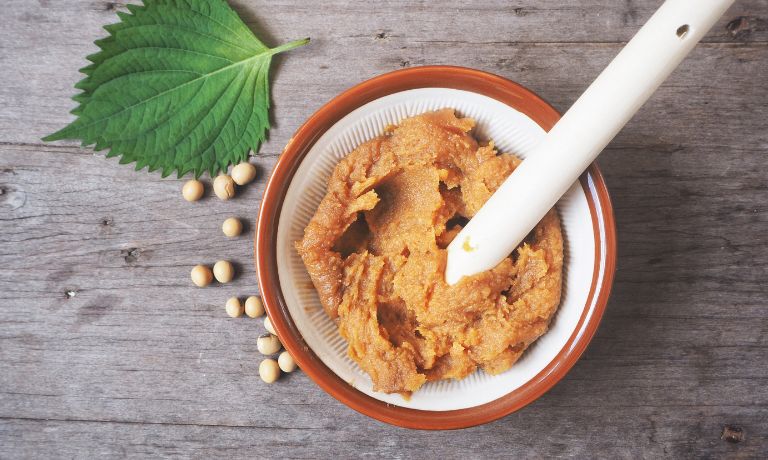
Tamari Paste
Tamari paste is a thick, dark sauce from fermented soybeans and wheat.
Tamari paste adds umami to meals and is often used as an alternative to soy sauce.
Its consistency makes it ideal for dipping sauce, glaze or condiment.
It can also add depth and flavor to marinades for meats, fish and vegetables.
To get the most out of tamari paste, it is best to lightly toast it in oil before adding it to dishes.
This will draw out its robust flavor profile and help bring out the subtleties of its flavor.
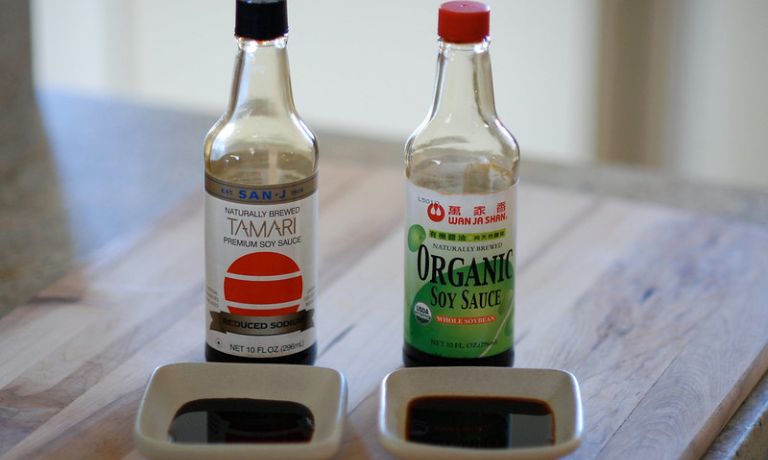
Chee Hou Paste
Chee Hou Paste is an ingredient used in Chinese cooking.
It is a thick, dark red sauce made from fermented soybean paste and spices such as chili peppers, garlic, sugar and sesame oil.
The paste has a sweet and spicy flavor that adds depth to many dishes.
It can be used to marinate meats before cooking, added directly to sauces or used as a condiment.
It is also often used to flavor braised dishes such as clay pot chicken or beef short ribs.
Chee Hou Paste can be found in the Asian section of most grocery stores, and it is becoming increasingly popular outside of Chinese cooking.
Tahini
Tahini is a paste made from ground sesame seeds. It is popular in Middle Eastern, North African, and Mediterranean cuisines.
Tahini is most commonly used as an ingredient in hummus, a traditional dip or spread made from mashed chickpeas and tahini.
It can also be added to salads, sauces, dressings, and desserts.
Tahini adds a nutty, slightly bitter flavor to dishes and can substitute for other fats such as butter or olive oil.
It is also popularly used in some vegan and vegetarian recipes as an alternative to dairy products.
It is high in healthy fats, protein, fiber, vitamins and minerals, including calcium, magnesium and iron.
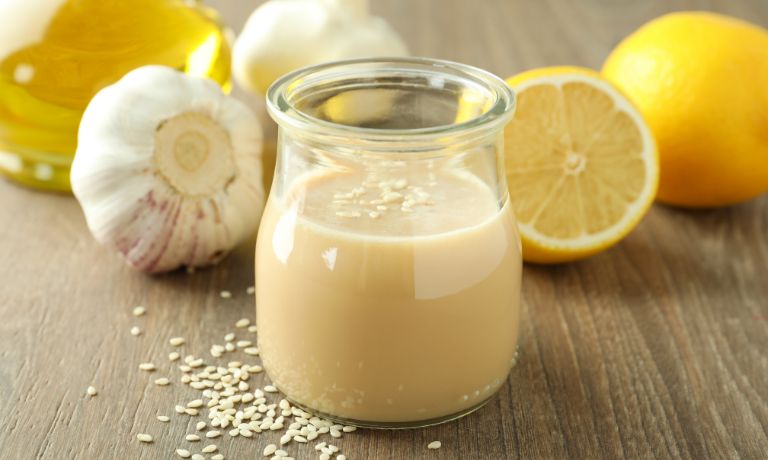
Doubanjiang
Doubanjiang is a spicy fermented broad bean paste used in Sichuan cuisine.
It has a robust, salty flavor with hints of sweetness and umami. The texture is thick and coarse, similar to a miso paste.
This condiment is typically added to stir-fries and soups for flavoring, or as part of the marinade when making dishes like Mapo Tofu.
It is also commonly used as a dipping sauce for wontons and dumplings or as an accompaniment to steamed vegetables and rice.
Doubanjiang can be found in most Asian grocery stores or online retailers.
When shopping for this product, select one labeled “spicy” or “hot,” as the flavor and spiciness can vary between brands.
Gochujang
Gochujang, a fermented seasoning utilized in Korean cuisine, is crafted from red chili peppers, fermented soybean powder, glutinous rice, and salt.
Gochujang has a slightly sweet flavor with notes of garlic and smoky elements that give it depth and complexity.
The texture of gochujang varies depending on the brand, but commonly it is thick and sticky.
It can be used as a condiment or ingredient in dishes such as stews, salads, and marinades.
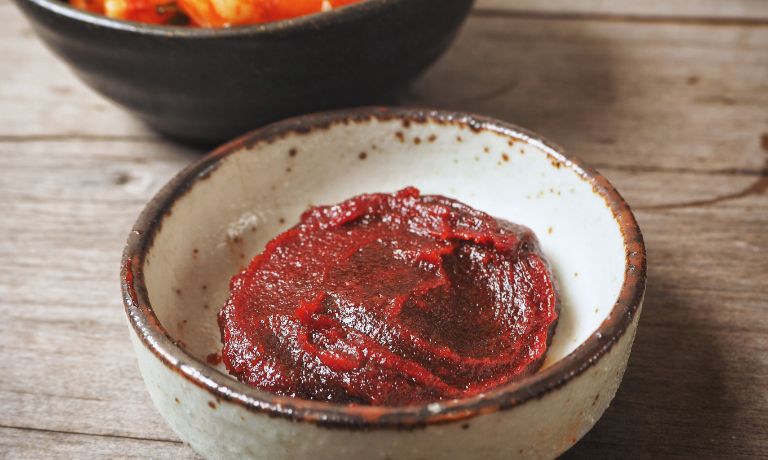
FAQs
What Taste Does Soybean Paste Have?
Soybean paste is a fermented condiment from soybeans, salt, and wheat flour.
It has an earthy flavor with a hint of sweetness and a strong umami taste.
The texture can range from smooth to chunky, depending on the variety.
Can You Replace Soybean Paste With Miso?
Yes, miso can be used as a replacement for soybean paste.
Miso is a fermented soybean paste made with rice or barley and has a slightly different flavor from regular soybean paste.
However, for most recipes, the two can be used interchangeably.
Can You Replace Soybean Paste With Hoisin Sauce?
Yes, in many recipes, you can use hoisin sauce as a replacement for soybean paste.
Hoisin sauce is made from soybean paste, garlic, chilies, and other seasonings.
It has a sweet and salty flavor that resembles soybean paste but with subtle differences.
Conclusion
There are several delicious and flavorful options to substitute for soybean paste, which can achieve similar cooking results.
Hoisin paste, miso paste, tamari paste, chee hou paste, tahini and doubanjiang all offer unique flavor profiles and textures that make them excellent substitutes for soybean paste.
Gochujang is also a great option for adding spiciness and depth to dishes.
Experiment with these substitutes in your cooking to explore new flavors and take your recipes to the next level!

